
The Carbon Canyon Fold, Eastern Grand Canyon, Arizona
pp. 1–124 • Dr. Andrew A. Snelling
Because the Tapeats Sandstone beds were still damp and soft, they easily responded to the soft-sediment deformation to form the smooth bending in Carbon Canyon.
MLACopy
APA
Chicago
${currentCitationStyle} Citation Copied to Clipboard
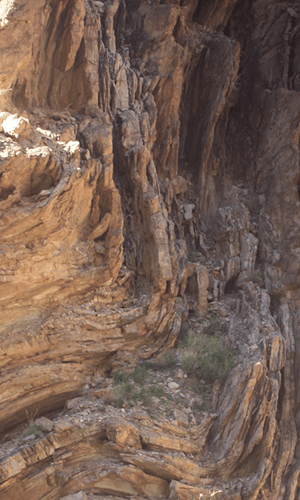

pp. 1–124 • Dr. Andrew A. Snelling
Because the Tapeats Sandstone beds were still damp and soft, they easily responded to the soft-sediment deformation to form the smooth bending in Carbon Canyon.

pp. 125–129 • Dr. Jerry Bergman
Charles Darwin’s (1809–1882) ideas helped to guide Social Darwinism, which was an underpinning of the Communist and the National Socialist (Nazi) ideologies.

pp. 131–154 • Kenneth C. Griffith , et. al.
Having triangulated the dates for Babel and the Dispersion in the previous paper the authors triangulate the dates for 27 major events in ancient history.

pp. 155–173 • Dr. Danny R. Faulkner
Tracing the history of science from the ancient Greeks through the medieval period, several common misconceptions about ancient and medieval science are identified.
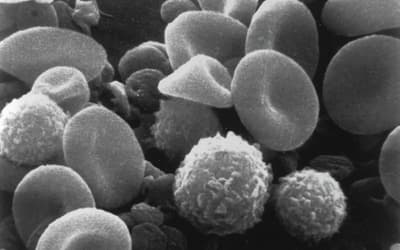
pp. 175–181 • Dr. Jerry Bergman
The anatomy and physiology of temperature regulation was reviewed, and this review supports the view that the temperature-regulating systems in animal life are inherently and irreducibly complex.
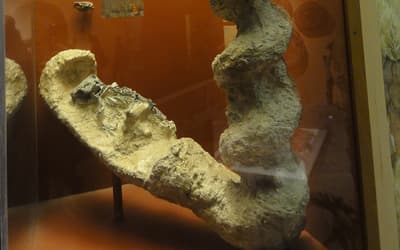
pp. 183–187 • Chad Arment
A peculiar ichnofossil found in western North America is described for its potential as a biostratigraphic marker in Flood models.

pp. 189–200 • Dr. Danny R. Faulkner
In this paper I trace the history of science through its transition from the Middle Ages to the modern era.
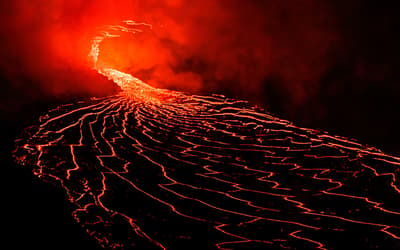
pp. 201–251 • William Worraker
In Part 4 of this series key sources of Flood heat are identified. The primary concern is with the heat deposited as a result of Flood and post-Flood magmatic activity.

pp. 253–258 • Dr. Jerry Bergman
A Rwandan genocide of 1994 shows how a single group of people speaking one language and sharing the same culture were artificially divided into two races infused with Darwinism.
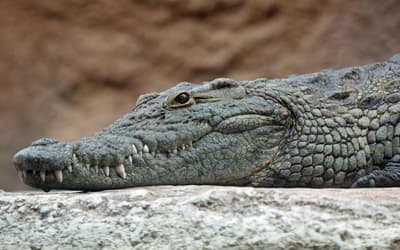
pp. 259–263 • Matthew Cserhati
Are all crocodilians part of the same created kind, or are there multiple crocodilian kinds?

pp. 265–281 • Dr. Joshua D. Wilson
In the debate over the proper interpretation of Genesis 1:1, the key issue is over the meaning of a compound phrase.

pp. 283–299 • Dr. Danny R. Faulkner
This paper traces the history of science from 1687 to today. It mentions the philosophies of deism and determinism and discusses modern-day quantum mechanics and chaos theory.
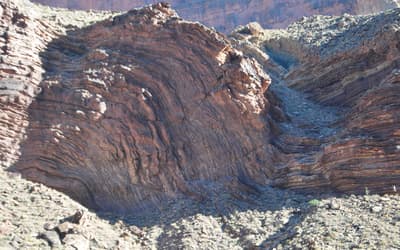
pp. 301–432 • Dr. Andrew A. Snelling
Because the Tapeats Sandstone beds were still relatively unlithified and soft less than a year after rapid burial, they easily responded to soft-sediment deformation.

pp. 433–438 • Dr. Jerry Bergman
The life of American President Woodrow Wilson was reviewed, focusing on the influence of Darwinism and Wilson’s acceptance of a racist-eugenics worldview.
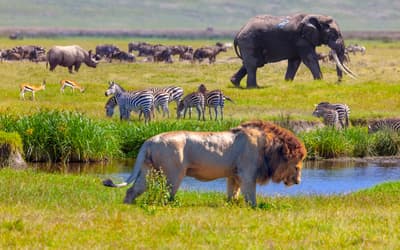
pp. 439–444 • Bruce Alcorn
Animals were a part of His creative acts, and the purpose of this study is to shed some light upon the role they play in helping mankind to live.

pp. 445–455 • Dr. Danny R. Faulkner
The conclusion to the survey of the nature, practice, and history of science with recommendations for a truly biblical approach to science.

pp. 457–461 • Dr. Jerry Bergman
This paper evaluates the evidence for the evolution of animal food intake systems.
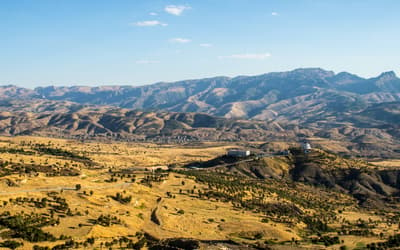
pp. 463–466 • Anne Habermehl
This is a critique of the application of ideational cognitive archaeology to determining the location of Noah’s Ark.

pp. 467–474 • James Powell
The author responds by providing background context and motivations for the original paper. His assumptions are revisited with further corroboration.

pp. 475–489 • Kenneth C. Griffith , et. al.
This is the fourth paper in a series with the goal to build a model of ancient history consistent with the biblical text using durations by ancient chroniclers.

pp. 491–499 • Matthew Cserhati
Evolutionists assert that several dinosaur species had feathers, but what do the genes say?
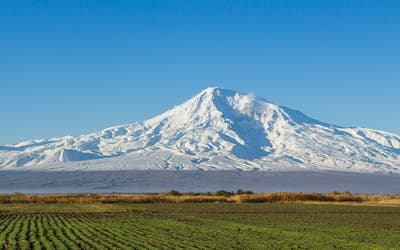
pp. 501–528 • A. John M. Osgood
As a result of archaeological research, the landing of the sons of Noah and their early movements are able to be followed. It will be argued that biblical history makes sense of the findings.

pp. 529–532 • Dr. Jerry Bergman
The Cambodian genocide that resulted in the loss of an estimated two million lives was reviewed.
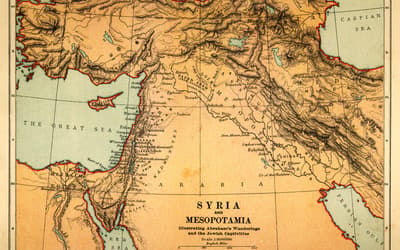
pp. 533–553 • Renae Beckman
This paper compares the two chronological approaches and highlights a wide array of historical texts and archaeological finds relevant to dating events in the Old Testament.
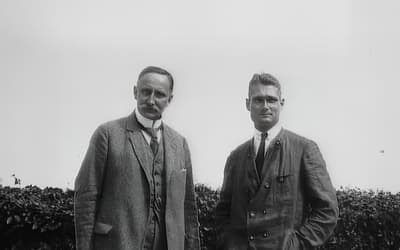
pp. 555–560 • Dr. Jerry Bergman
Hitler was following the teachings of his mentor, Karl Ernst Haushofer, and Haushofer’s disciples, including Rudolf Hess and a few other academics and scholars.
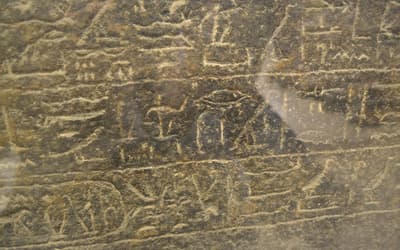
pp. 561–576 • Anne Habermehl
In this paper we will show that the biblical and Egyptian chronologies produce timelines that diverge greatly back before about 600 B.C.

pp. 577–593 • Matthew McLain , et. al.
Matthew McLain, Dr. Marcus Ross, Matt Petrone, Noël Lay, and Matthew Speights take issue with Dr. Gabriela Haynes’ 2022 discussion of the difference between birds and dinosaurs.

pp. 595–634 • Dr. Gabriela Haynes
This paper aims to address some issues raised by McLain et al. (2023) in an article titled “Response to ‘The Debate over Classification of Archaeopteryx as a Bird.’”

pp. 635–670 • Kenneth C. Griffith , et. al.
The Babylonian dynasties of Berossus are incomplete. The authors solve for the missing values. The resulting table of Berossus covers the era from the Flood to the conquest of Babylon by Cyrus.